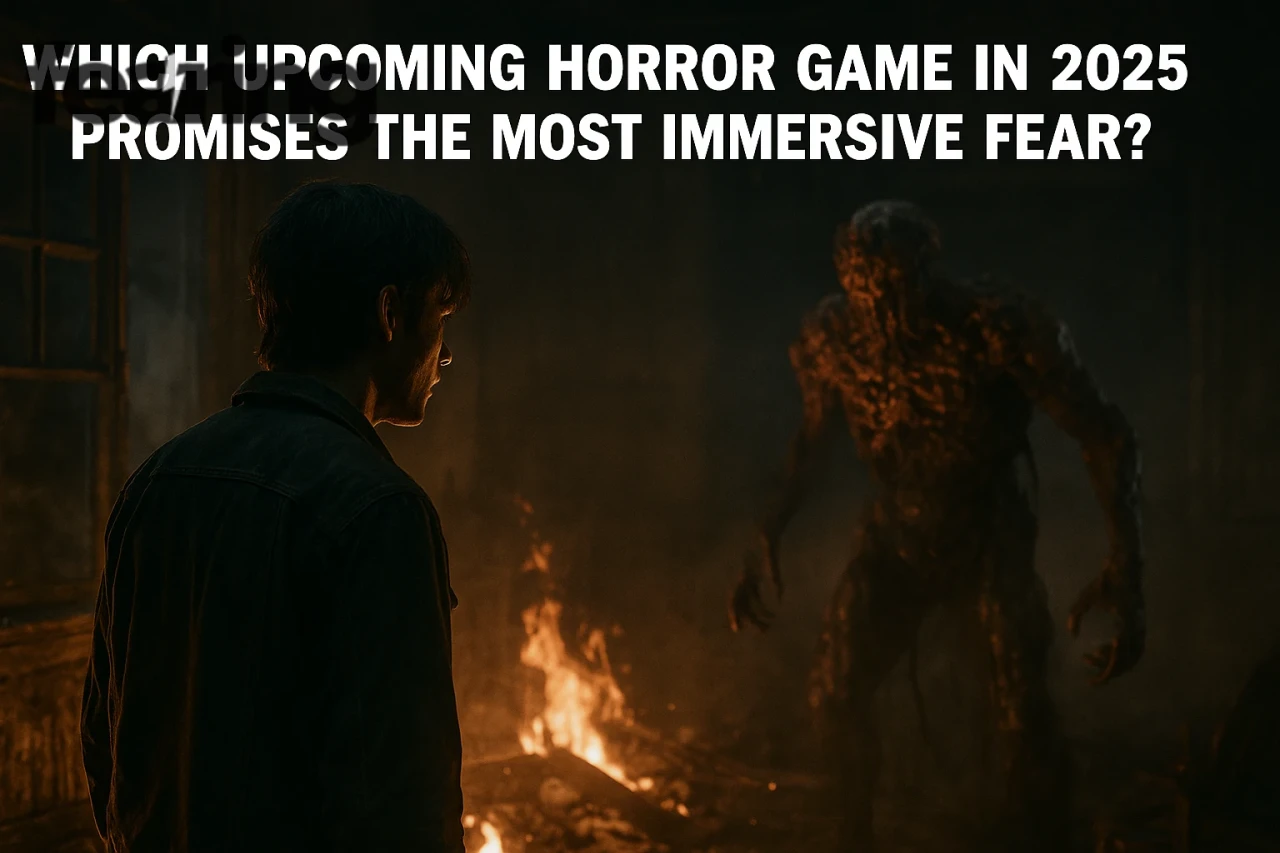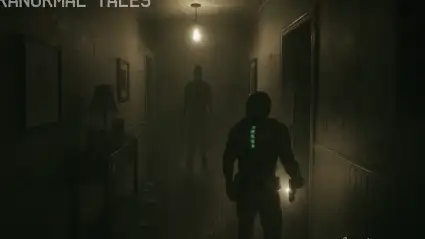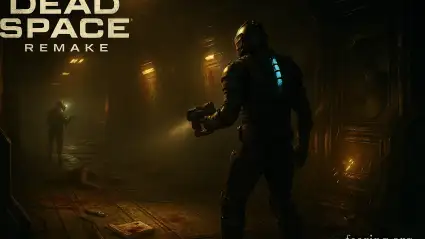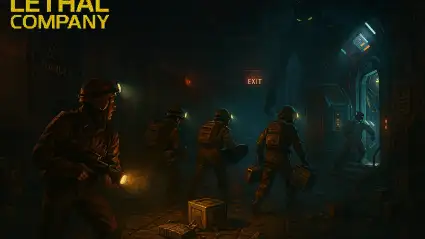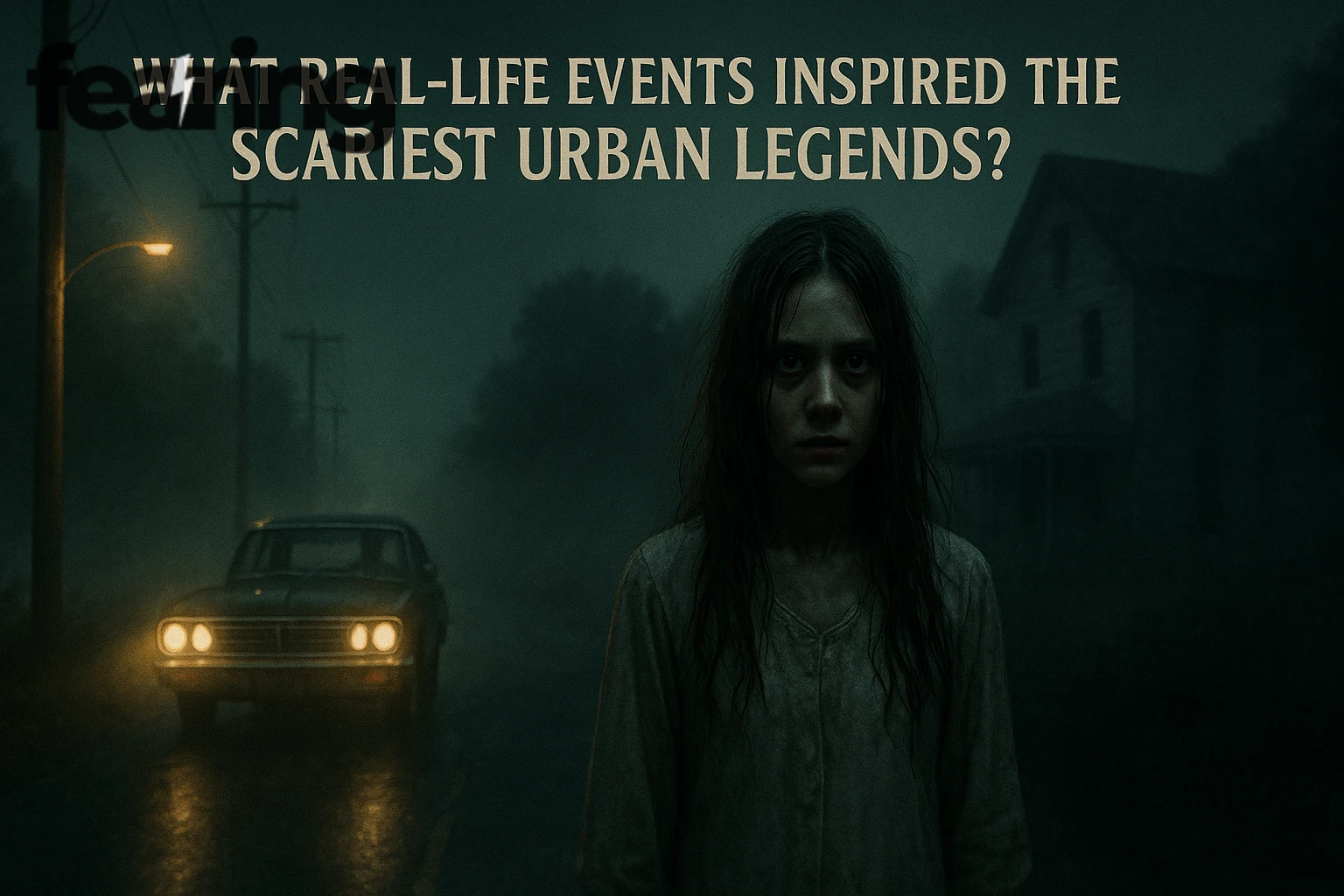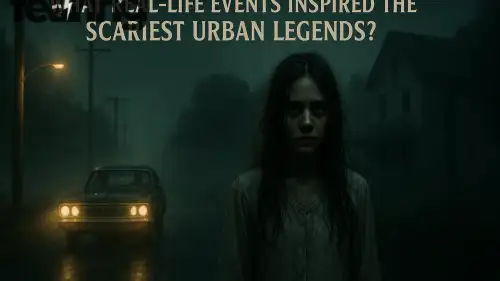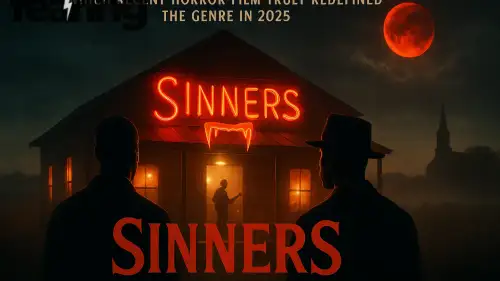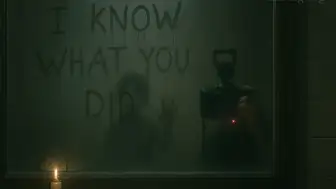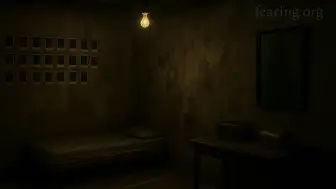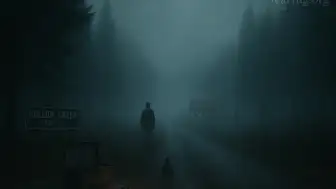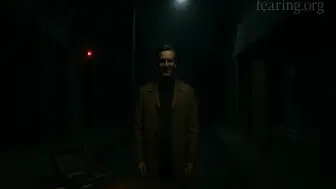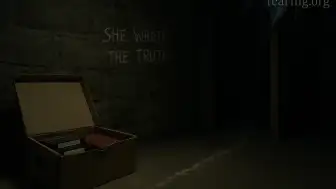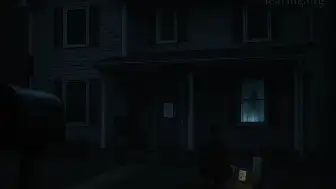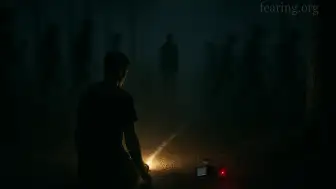The year 2025 is shaping up to be a turning point for horror gaming. Players no longer crave simple scares or predictable chase sequences — they want experiences that crawl under their skin, whisper in their ears, and make them question reality itself. The question isn’t just what’s scary, but what feels real. Among this new wave of releases, one game has begun to stir more curiosity and unease than any other: Silent Hill ƒ.
Rather than relying on nostalgia, this upcoming title aims to reawaken the feeling that made horror unforgettable in the first place — that cold, slow-burn fear that lingers long after the console is turned off.
The Evolution of Fear in Gaming
Horror has changed dramatically over the last decade. Once, it was about dark corridors and monsters waiting around corners. Now, it’s about psychology, subtlety, and immersion. Today’s horror games force players to live their terror rather than observe it. Developers understand that the most haunting moments come not from what’s visible, but from what’s imagined.
That’s the secret behind immersive fear. It’s built on tension, vulnerability, and silence — the pauses between action where the mind starts inventing its own monsters. In this new era, developers use realism, storytelling, and audio design to trap players inside believable nightmares.
Why This Game Feels Different
The reason Silent Hill ƒ has captured so much attention is simple: it promises emotional, not mechanical, horror. Its world is built to unsettle, not overwhelm. Set in a quiet 1960s Japanese town, it trades flashing lights and explosions for fog, decay, and whispers. Instead of throwing you into chaos, it invites you to walk into it willingly.
Everything — the way the mist moves, the sound of wooden floors, the flicker of a lamp — feels intentionally crafted to blur the line between reality and nightmare. The atmosphere doesn’t just surround you; it breathes with you.
This attention to sensory storytelling marks a new standard for what horror can achieve. Fear becomes intimate, something you experience alone in your head rather than through on-screen violence.
Psychological Terror Over Shock Value
What makes immersive horror powerful is its patience. It doesn’t rush. It lets dread build slowly, like smoke filling a room. Silent Hill ƒ appears to embrace that idea completely. Instead of jump scares, it aims to create emotional exhaustion — the kind that makes players hesitant to open the next door or look too long at what’s moving in the corner.
The story’s emotional weight deepens the tension. Rather than faceless victims and predictable villains, it focuses on human fragility — guilt, grief, and the thin line between memory and madness. By grounding its fear in emotion, it makes every moment feel personal. You’re not just playing a character; you’re inheriting their nightmares.
The Power of Environment and Sound
The true genius of immersive fear lies in the environment. Imagine walking through a town that seems familiar yet slightly wrong — doors too narrow, streets too quiet, reflections that don’t match your movement. That’s where Silent Hill ƒ excels. Its world is alive in the most unsettling ways.
Sound design becomes its own form of storytelling. Distant footsteps echo differently each time you turn around. The wind sounds almost like a voice. Every creak and sigh feels intentional. Even silence becomes a weapon.
Players will likely find themselves pausing mid-game, not because they’re bored, but because they need a moment to breathe. That’s the sign of a game that understands true horror: it makes you scared to continue but unable to stop.
A Shift in How Fear Is Experienced
Modern gamers crave authenticity. They’ve grown immune to predictable scares. The success of psychological and narrative-driven horror titles in recent years shows that players want fear with purpose. They want to feel something real.
This shift has forced developers to rethink what immersion means. It’s no longer enough to have detailed graphics or lifelike monsters. Immersion now means emotional connection — a story that reacts to your choices, a setting that remembers your presence, and a sense of dread that doesn’t fade when you put the controller down.
Silent Hill ƒ seems poised to deliver exactly that. Its focus on realism, atmosphere, and emotional storytelling suggests a future where horror doesn’t just frighten — it empathizes.
The Promise of Uncomfortable Beauty
One of the most fascinating aspects of immersive horror is its paradoxical beauty. The most terrifying games are often the most visually stunning. Silent Hill ƒ captures this contradiction perfectly — its decaying streets, soft mist, and haunting red tones create a world that’s both horrifying and mesmerizing.
This aesthetic depth transforms fear into art. You don’t simply run from what scares you; you linger, staring, drawn in by the unease. That balance between fascination and fear defines the new generation of horror design. It’s no longer about shock — it’s about emotional gravity.
What Players Can Expect
When Silent Hill ƒ arrives, players should expect a slow-burn experience. It won’t rush to scare you. Instead, it will study you — learn your habits, your hesitation, your rhythm. Every step forward will feel like an invitation to the unknown.
You can expect:
Unsettling realism: every texture and sound crafted to feel disturbingly believable.
Narrative tension: characters haunted as much by their past as by their surroundings.
Isolation: a sense of loneliness that turns every decision into an act of courage.
Emotional fear: not just monsters, but memories and guilt that stalk you relentlessly.
It’s the kind of game designed to be played at night, with headphones on, lights off, and heart racing — not because you want to scream, but because you want to understand the darkness.
Redefining the Future of Horror Gaming
As 2025 unfolds, it’s clear that immersive horror is becoming the new standard. Developers are finally embracing the idea that fear can be intelligent — that a player’s imagination is the scariest tool of all.
If Silent Hill ƒ fulfills its promise, it may set a new precedent: horror that relies not on shock but on connection. It’s not about surviving monsters; it’s about surviving yourself. And that’s what makes it unforgettable.
The future of horror gaming won’t be louder. It will be quieter, darker, and far more personal — the kind of fear that follows you long after you turn off the screen.

